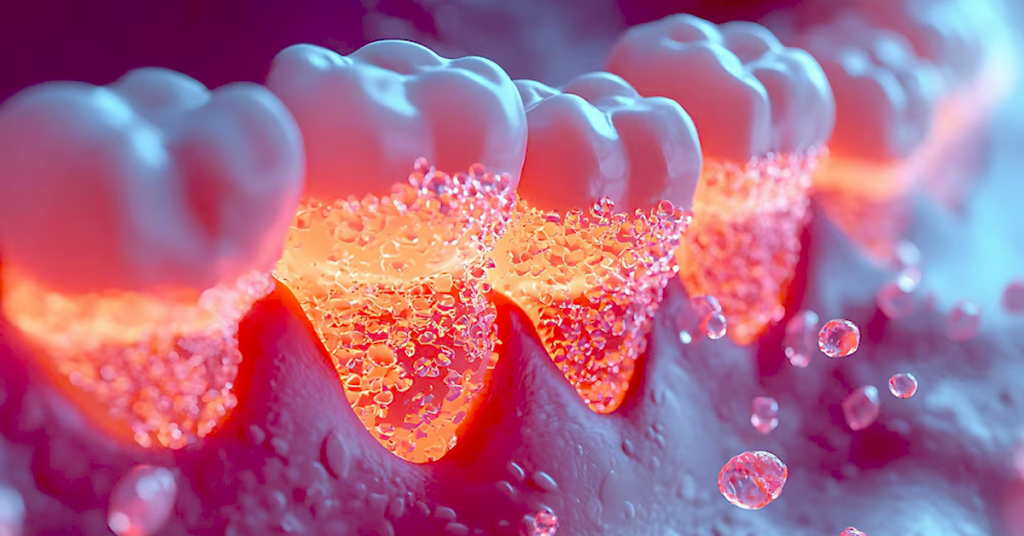Introduction to Dental Pulp Stem Cells
What Are Dental Pulp Stem Cells?
Dental pulp stem cells (DPSCs) are a unique type of mesenchymal stem cell found in the soft tissue at the center of your teeth—called the dental pulp. Discovered in 2000, these cells quickly caught the attention of scientists and doctors for one big reason: their incredible ability to transform into many different types of cells, including bone, nerve, muscle, and cartilage.
Unlike embryonic stem cells, DPSCs come from a source that’s easy to access—your own teeth. This makes them an exciting, ethical, and minimally invasive option for regenerative therapies. And because they can renew themselves and evolve into multiple cell types, they’ve become a major player in the future of personalized medicine and tissue engineering.
Why Are They Important in Modern Medicine?
DPSCs stand at the crossroads of accessibility and medical innovation. Their collection doesn’t require surgery or raise ethical concerns, making them ideal for wide-scale use in regenerative healthcare.
From repairing damaged dental tissue to potentially treating neurological diseases, their versatility is inspiring a new wave of patient-specific treatments. As researchers continue to unlock their potential, DPSCs may soon help us heal not just cavities, but also spinal cord injuries, autoimmune diseases, and more.

